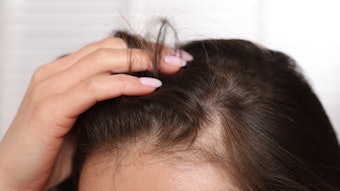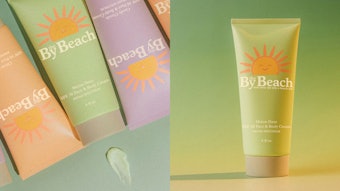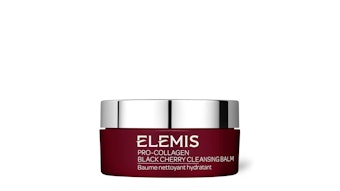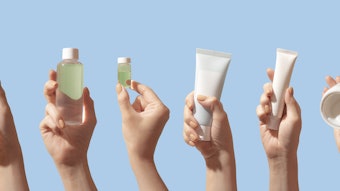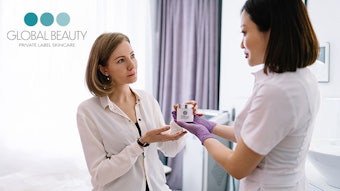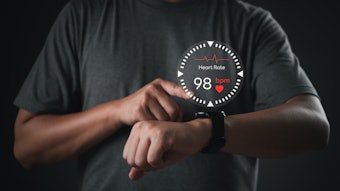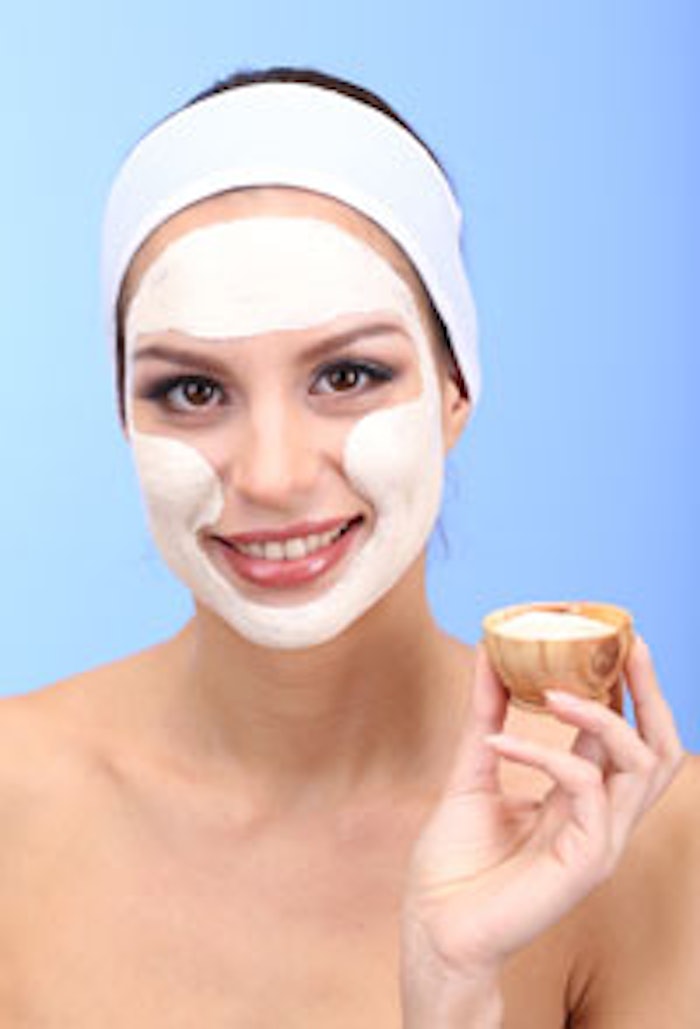
Benchmarking against success stories has long been a practice—there is much to be gained by comparing a company’s business processes and performance to those that are doing it right even if they are from other industries.
The skin care industry needs to focus on growing retail—or risk losing out. If clients aren’t buying their beauty and wellness products at the skin care facility they frequent, then they’re buying them elsewhere. Perhaps they’re purchasing at a department, drug store or through online retailers. These venues don’t provide the expertise that skin care professionals can, nor do they spend quality time treating and educating the client—take this fact as a call to action. Clients, team members and the business itself can all benefit from robust training on creating opportunities for providing expertise and recommending products customized to unique needs.
In a recent presentation, Jan Freitag, senior vice president of Smith Travel Research—a company that tracks key metrics within the spa industry— challenged the spa industry to be innovative in order to reach new heights. One of the areas that has yet to regain pre-recession strength is retail purchases in relation to treatment sales. It’s time to seize the moment and reconsider retail as a vital source of income.
Revenue per square foot
Revenue per square foot is used to understand the revenue contribution on a square foot basis. It is important to define the space used for retail and consider creative opportunities for clients to interact with products. Utilize the Sales Per Square Foot Calculator to analyze your space.
Lessons learned
Skin care retail settings are generally small spaces, which is something they have in common with specialty luxury stores such as jewelry shops. From an innovation perspective, Apple makes the vast majority of its sales and profits online, with its physical stores serving as hubs to improve branding and showcase new products. A new megatrend is online-to-offline (O2O) purchasing—an idea that is gaining traction in the commerce world, indicating that promotions online will drive business to your bricks-and-mortar skin care facility.
Mobile technology is another tool to contemplate, given the growing surge of people who now shop and perform comparative pricing with their smartphones. This method of browsing, comparing and purchasing provides spas an opportunity to communicate with clients before and after their visit.
For hotel spas or day spas that are adjacent to hotels, it’s worth noting that, in 2013, according to Ellory Plowman from www.therealdeal.com, 15–18 years ago, only 18% of business travelers were women—now it’s 56%. Tap into this client base—they may not live in your community, but they could be coming to a hotel near you on a consistent basis.
Create and analyze your own retail metrics so that you can monitor your results and enhance your capability to drive sales. Accurately establish your square footage, compare your sales and get real data you can use to make a plan for success. Get innovative—with creativity you can become the key expert and retail source for your clients. How high can you go?
Kimberley Matheson Shedrick is the president and owner of Natural Resources Spa Consulting, Inc. (NRi) and mySpaShop.com.
